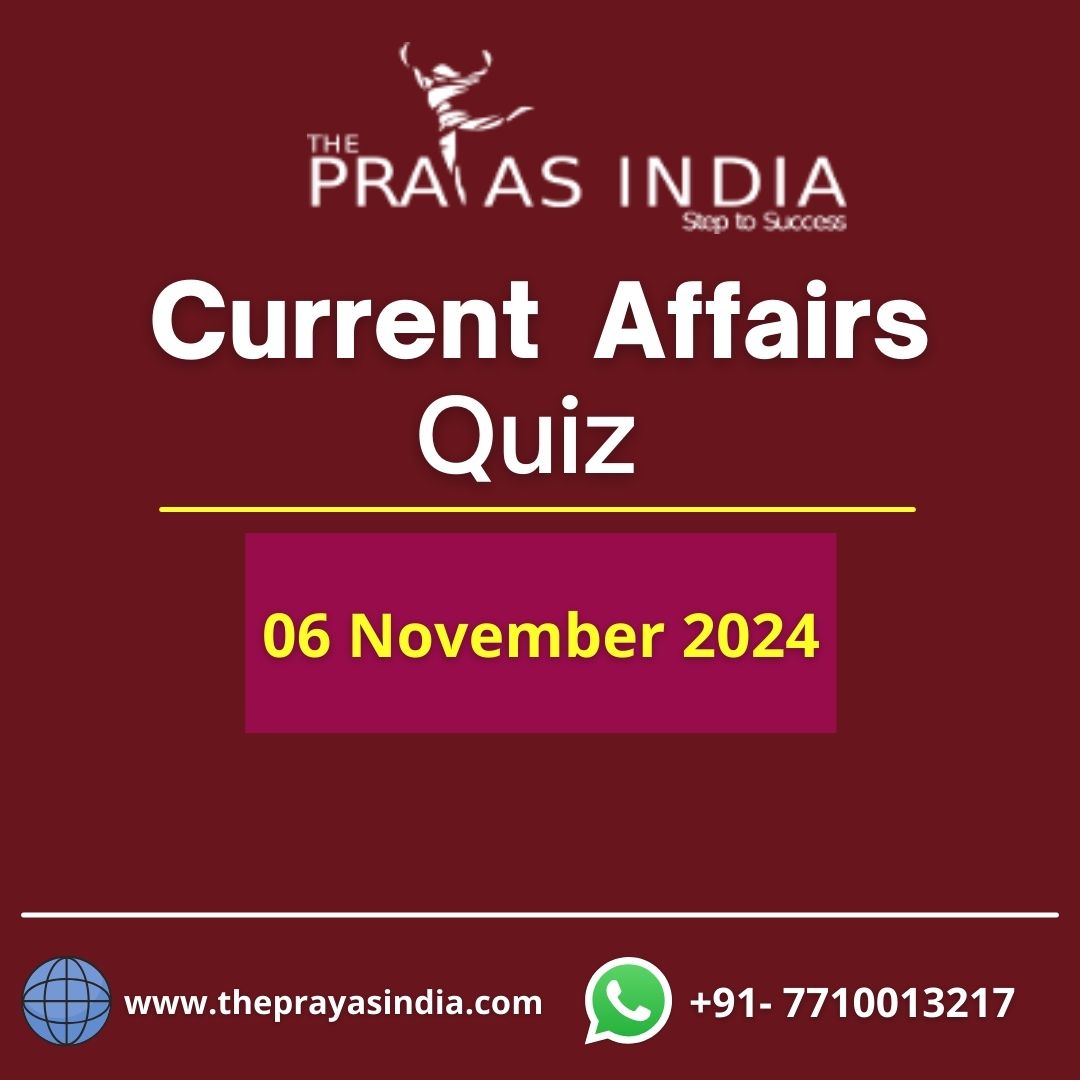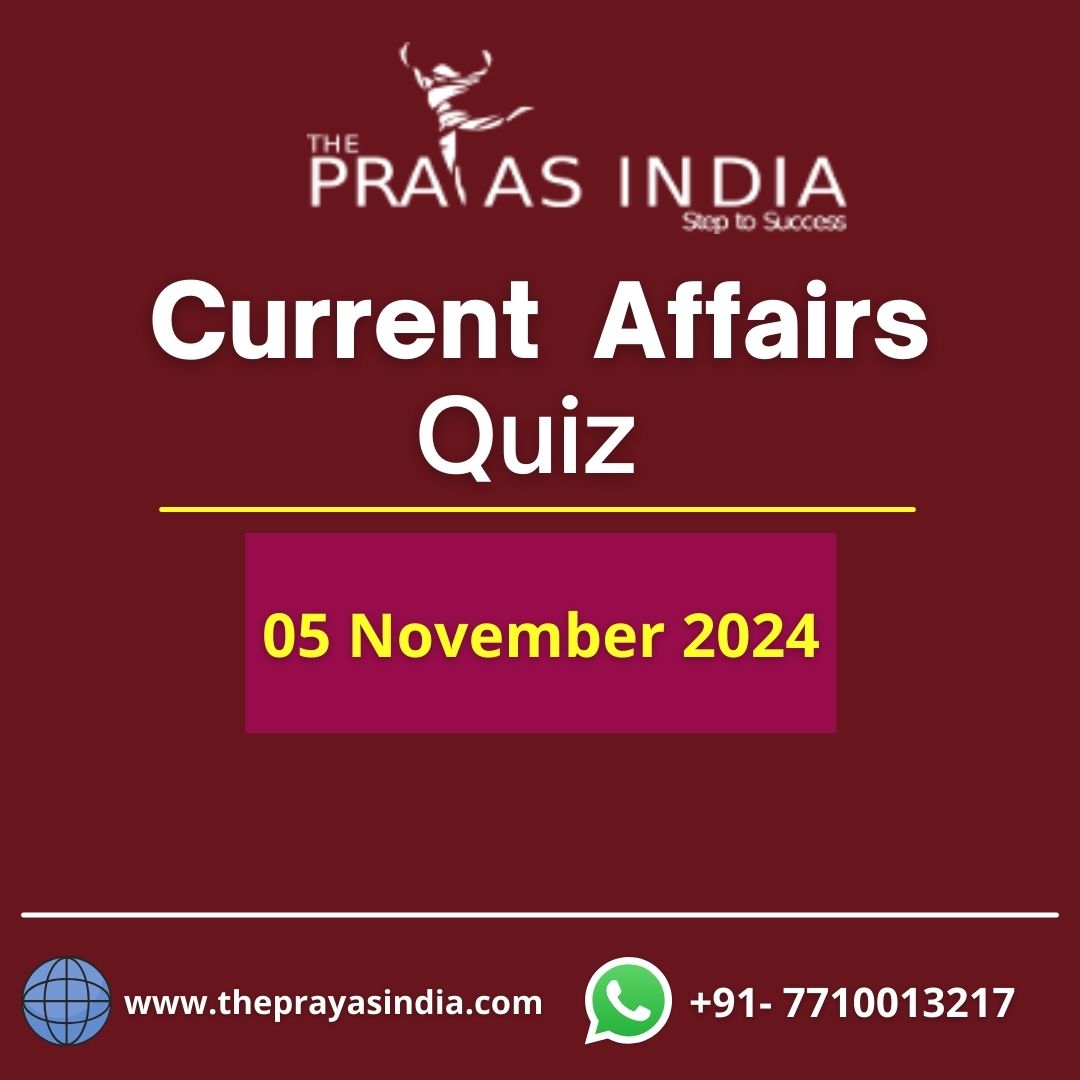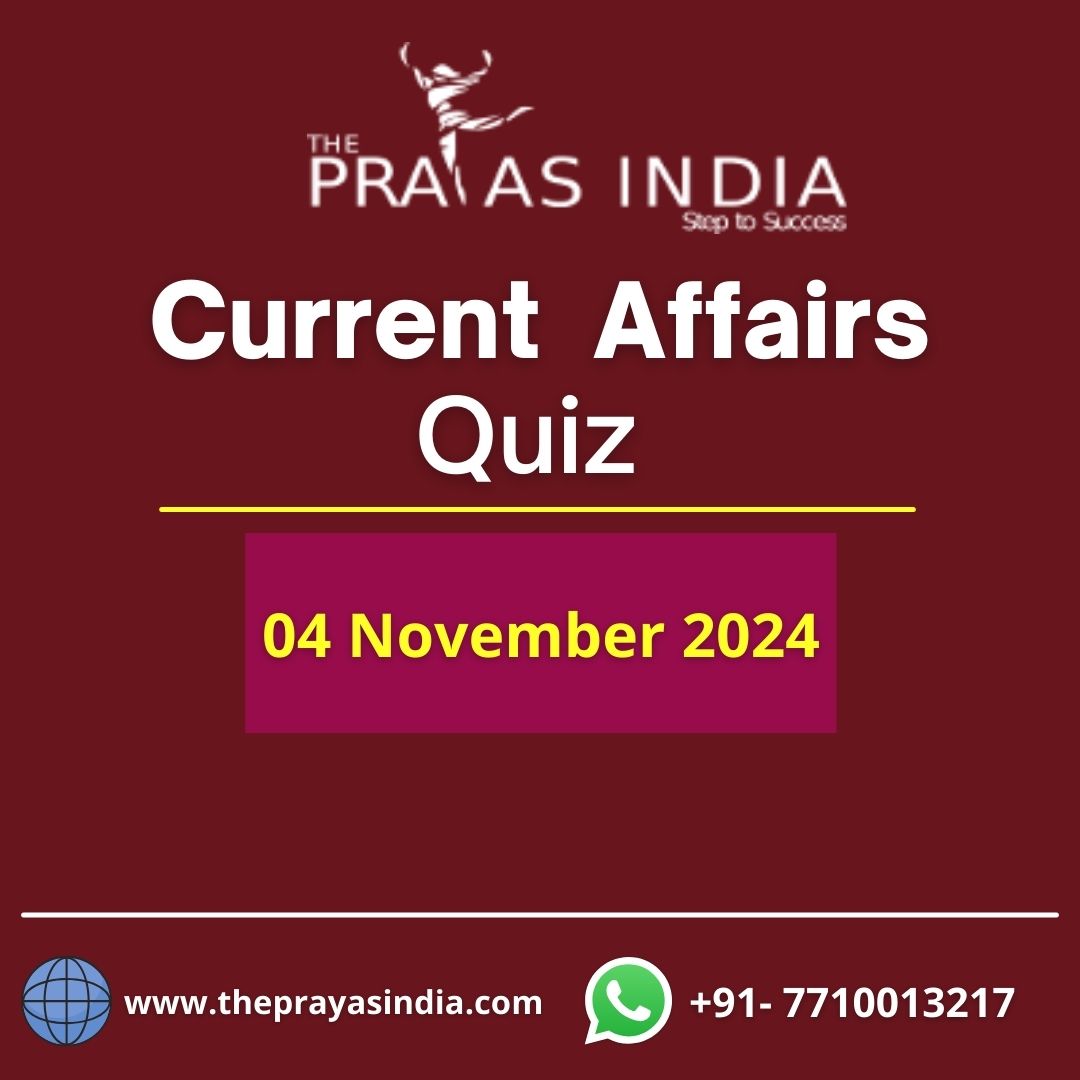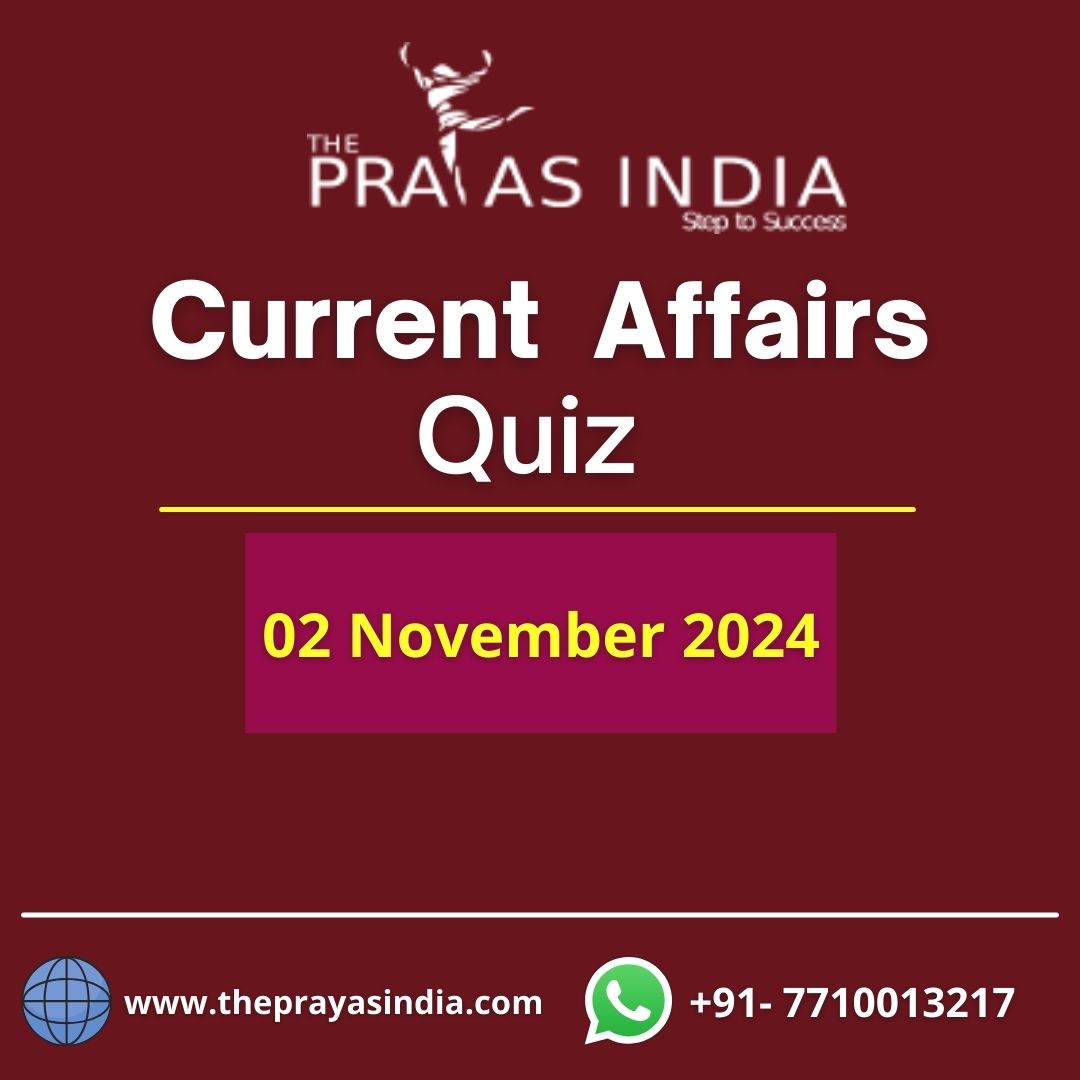Q1. Consider the following statements regarding Quasars:
- Quasars are very luminous objects in faraway galaxies.
- They are not found in galaxies that have supermassive blackholes.
Which of the above statements is/are correct:
- 1 only
- 2 only
- Both 1 and 2
- Neither 1 nor 2
Solution:
(A)
- An international team of astronomers have discovered the most distant ‘radio-loud’ quasar with the help of European Southern Observatory’s Very Large Telescope (ESO’s VLT).
- It took 13 billion years for the quasar’s light to reach earth, according to a paper published in The Astrophysical Journal March 8, 2021.
- Quasars are very luminous objects in faraway galaxies that emit jets at radio frequencies.
- They are only found in galaxies that have supermassive blackholes which power these bright discs.
- However, 90 per cent of them do not emit strong radio waves, making this newly-discovered one special.
- Most active galaxies have a supermassive black hole at the centre which sucks in surrounding objects.
- Quasars are formed by the energy emitted by materials spiralling around a blackhole right before being sucked into it.
Q2. TrueNat mchines, recently seen in news can be used to test:
- Covid-19
- Tuberculosis
- HIV
Select the correct answer code:
- 1 only
- 1, 2
- 1, 3
- 1, 2, 3
Solution:
(D)
- TrueNat This is a privately designed test that works on the same principle as RT-PCR, but with a smaller kit and with faster results.
- TrueNat, designed by MolBio Diagnostics Pvt Ltd, Goa, is commonly used for tuberculosis and HIV testing.
- The ICMR approved TrueNat for screening and confirmation for Covid-19.
Q3. Which of the following services generally use encryption to secure data transmission:
- Payment gateways
- Messaging services
- Wireless microphones and Bluetooth devices
Select the correct answer code:
- 1, 2
- 1, 2, 3
- 1, 3
- 2, 3
Solution:
(B)
- Encryption is the process of encoding messages or information in such a way that only authorized parties can read it.
- For example: word “ABC” can become “BCD” in encrypted form, if every letter is replaced by next alphabet.
- Those who know how it is encoded can only able to read “ABC” correctly.
- All messaging services like WhatsApp, Viber, Google Chat, Yahoo messenger use encrypted services. Banks (payment gateways) and e-commerce sites also use encryption to protect financial and private data including passwords.
- Encryption is also used to protect data in transit, for example data being transferred via networks (e.g. the Internet, e-commerce), mobile telephones, wireless microphones, wireless intercom systems, Bluetooth devices and bank automatic teller machines.
Q4. Which of the following is/are examples of natural nanomaterials, i.e. those which occur naturally in the world:
- Haemoglobin in our blood
- Particles in volcanic ash
- Nano-structures that give colour to peacock’s feathers
- Exhaust from fossil fuel burning engines
Select the correct answer code:
- 2, 3, 4
- 1, 2, 3, 4
- 1, 2, 3
- 1, 2
Solution:
(C)
- Natural nanomaterials, as the name suggests, are those that occur naturally in the world.
- These include particles that make up volcanic ash, smoke, and even some molecules in our bodies, such as the hemoglobin in our blood.
- The brilliant colors of a peacock’s feathers are the result of spacing between nanometer-scale structures on their surface.
- Man-made nanomaterials are those that occur from objects or processes created by people.
- Examples include exhaust from fossil fuel burning engines and some forms of pollution
Q5. The commercial applications of nano-technology in agriculture sector include:
- Delivery of pesticides and fertilizers
- Monitoring soil conditions and plant growth
- Detection of animal and plant pathogens
- Deliver DNA to plants
Select the correct answer code:
- 1, 2, 3
- 1, 2
- 1, 2, 3, 4
- 1, 2, 4
Solution:
(C)




